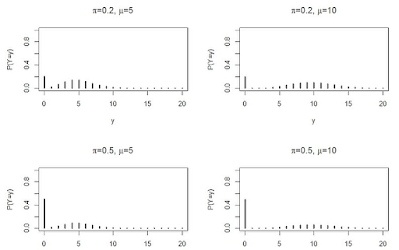How to Remember the Definition of Type I and Type II errors
There are some clever mnemonics
Type 1 error: Rejecting H0 when it is true
Type II Error: Not rejecting H0 when it is false
Here are the mnemonics to remember:
1. Remember the story where the boy cried wolf
H0 : There is no wolf
H1: There is a wolf
data sample: Boy's cry
Type I Error: The first error the villagers made (when they believed him) was a type 1 error.
Type II Error: The second error the villagers made (when they didn't believe him) was a type 2 error
2. This has some truth in it. But can be ageism also
Young scientists commit Type-I because they want to find effects and jump the gun while old scientist commit Type-II because they refuse to change their beliefs.
3.
A Type I error is a false POSITIVE; and P has a single vertical line.
A Type II error is a false NEGATIVE; and N has two vertical lines.
4.
Type I errors are of primary concern
Type II errors are of secondary concern
5. Remember RAAR, Reject when you should Accept ( type I) Accept when you should reject ( type II)
6. type I is an optimistic error, type II is a pessimistic error, OP , 1, 2
7. RAT vs !RAF
RAT: Reject Null Hypothesis when it is actually true
RAF: Do not Reject Null Hypothesis when it is actually false

Comments
Post a Comment